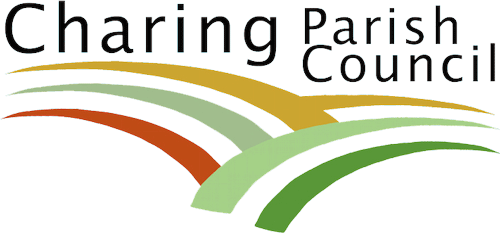About Charing
Charing, a village in mid-Kent at the foot of the North Downs, is one of several villages strung along the A20 from Maidstone to Ashford and has a population of 2,169 (2021 census). The Parish includes Charing Heath and Westwell Leacon. The village is well connected with its own train station on the Maidstone to Ashford railway line and a bus service from Maidstone to Ashford. It is located at the junction between the A20 main road to Ashford and the A252 road over the Downs to Canterbury. Whilst it is a ward of Ashford Borough Council it is part of the Weald of Kent parliamentary constituency. It is primarily an agricultural community and is surrounded by countryside. In recent years wine making has become a local activity. It remains an important stopping point on the North Downs Way for walkers.
Charing is a very ancient settlement and was mentioned in the Domesday Book. Originally given by the Saxon King of Kent to the Archbishop of Canterbury it was a major stopping point on the Pilgrim’s way for those passing from Winchester to Canterbury to visit the tomb of Thomas a Becket. Most of the houses in Charing High Street date back to medieval times but its most prominent heritage site, apart from the Church, is the ancient Archbishop’s Palace. This is one of the best preserved of the palaces of the Archbishop of Canterbury that were built between London and Canterbury. The whole site, including the remains of the Great Hall (now a barn), is owned by the Spitalfields Trust, a heritage building developer. The Palace was visited by Henry VII and Henry VIII and was taken from the Archbishop of Canterbury at the Reformation and became a royal palace. Its most important event was in 1520 when Henry VIII and his entourage stopped overnight at the Palace on the way to the Field of the Cloth of Gold meeting between the English and French monarchs near Calais. The Palace was sold off by Charles I and became a farm in the 17th century.


